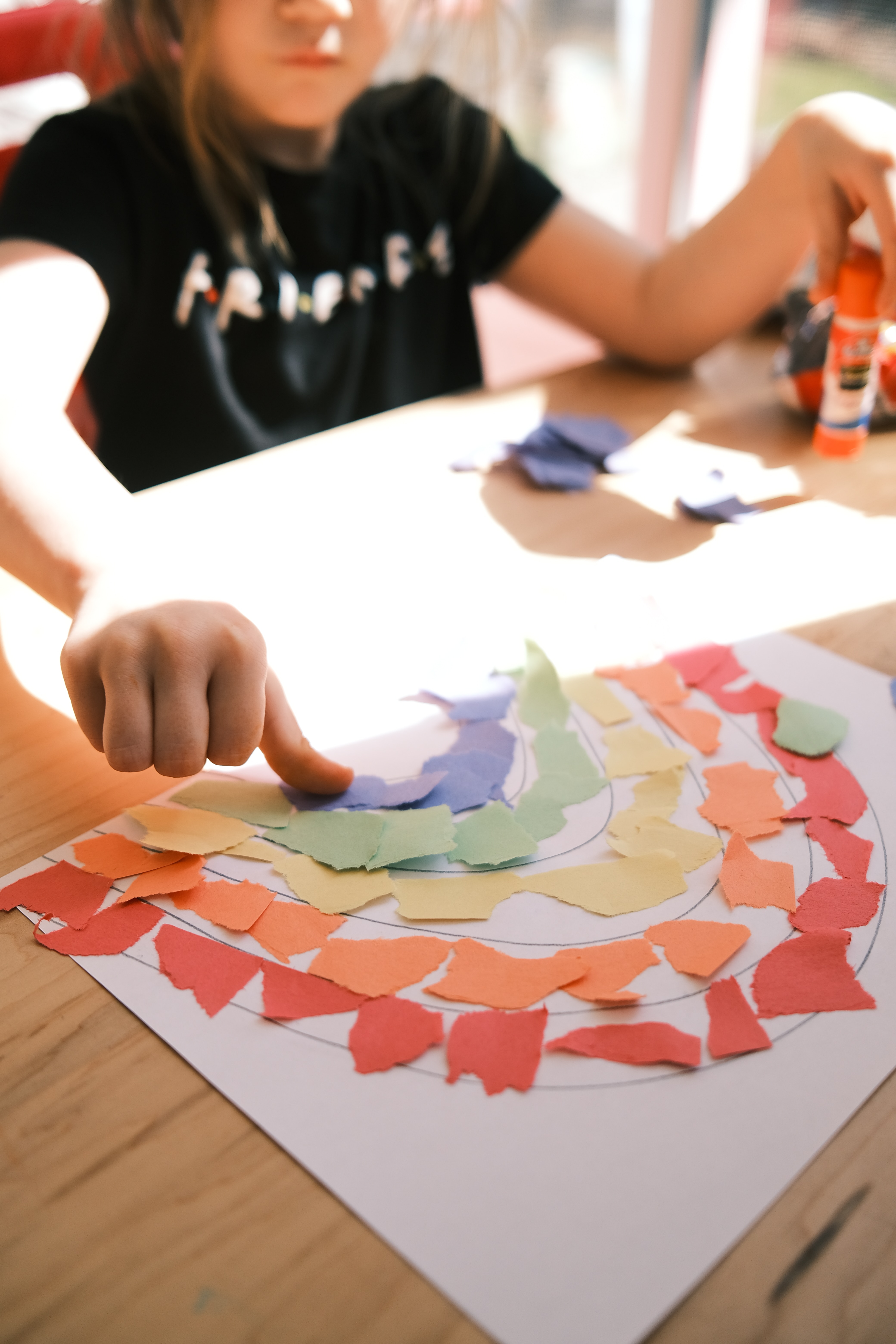Sex Ed for 5-Year-Olds?!
What RSE actually looks like for younger children
May 19, 2023
Laura Clarke
On occasion, when I tell somebody I'm a sex educator, I'm asked about my thoughts on younger children being "taught about sex". Do children need relationships and sex education at a young age? Is teaching a five-year-old about gender "just going to confuse them?" Should we "preserve their innocence"?
I have also seen the angry headlines that attack RSE — the claims of toddlers being taught about anal sex and primary-age children being encouraged to "change gender".
But what does RSE actually look like for smaller children?
When the UK government made RSE mandatory in 2021, they stipulated that children of secondary school age must be taught Relationships, Sex and Health education. Whereas children of primary school age are only legally required to be taught Relationships and Health education, omitting the "Sex" bit.
The guidelines read:
"In primary schools, we want the subjects to put in place the key building blocks of healthy, respectful relationships, focusing on family and friendships, in all contexts, including online. This will sit alongside the essential understanding of how to be healthy." (Department For Education, 2019)
So not quite "How to Have Anal Sex 101".
While I have many qualms with the current RSE guidelines, I do like their use of the phrase "building blocks" here. When we teach younger children how to engage in respectful relationships (usually with friends and family), these skills can be carried through to their teen and adult years, when they are more likely to engage in romantic and sexual relationships. So while we're not teaching 5-year-olds about sex necessarily, we are laying the foundations of how to be respectful of all people, their bodies, feelings, and boundaries.
"Okay," I hear you say. "So what are you teaching little kids?" It's a great question that I'm more than happy to answer. Here are five key topics that I would consider appropriate for small children and the ways I might go about teaching them:
1. Consent

You can teach the topic of consent to children without ever mentioning any kind of sexual activity. Small children need to understand that they have bodily autonomy. By helping children learn their own boundaries and how to articulate them to others, we begin to sow the seeds for any potential sexual encounters in their future.
We also teach kids that their bodies aren't the property of the adults around them — that they have every right to decline a hug/kiss/cuddle from their auntie if it makes them uncomfortable. It's their body, so it's their choice.
There are a hundred great ways you can teach consent, but it might look like asking children to pair up and practise asking for a hug/high-five/handshake, and also practise saying no and feeling okay with it! You may have seen this great video where a teacher lets her class decide how they wish to greet her each morning — you could definitely do a variation of this among classmates.
If you were going down the "inappropriate touching" route, the Pantosaurus song is a great one to show small kids.
2. Types of Families

Teaching children about the wonderful variety of families that exist is a great way to broaden their understanding of adult relationships outside of what they see at home. This topic is a fabulous way to teach about single-parent families, LGBTQIA+ parents, adopted and foster children, children who live with grandparents, and many more family dynamics.
When teaching this subject, it's important to highlight what their caregivers have in common as well as what makes them different. You could ask the children to draw their family, or who they live with, and then surround that drawing with words that describe their caregivers personalities.
If the children want to share their drawings, you could place these around the classroom and encourage children to view them while also trying to spot the traits that they have in common.
3. Anatomy

It's important for children to be able to locate and correctly name their anatomy. Many people grow up not knowing the difference between the vulva and the vagina or blushing when using anatomically-correct terms for their genitals with a doctor. But, far more seriously, children who have been abused are far more likely to receive support and even get a conviction in court if they can use the correct anatomical words. There have been cases where confessions such as "my uncle played with my fairy" have been misunderstood due to the vague use of nicknames.
Teaching anatomy can be as straight-forward as using diagrams and labelling worksheets, but you could also encourage the children to write down the words they already know for genitals, put them in a hat, and read them out — while also teaching the anatomically correct terms. That way, you're not shaming the language they already know and feel comfortable with; you're simply adding to it.
4. Body Image

Encouraging pride and acceptance of your own body should start at a young age. When 80% of ten-year-old girls have been on a diet, it's clear that we need to start the conversations about bodies as early as possible.
You could do this by showing a range of celebrities or icons that look different from one another but who have all achieved great things, thus separating worth and value from body type. Another fun activity could involve giving children mirrors and asking them to write down three things that they like about their appearance. You could then get them to work in pairs and write three things that they like about one another's appearances and see if they match up with what they like about themselves.
5. Gender Stereotypes

Research shows that children's attitudes towards gender are fully formed by age seven and that they understand gender roles by age four. So by the time children enter school, they are likely to have preconceived notions about what is "for boys" and "for girls".
Therefore, unlearning these views should be a key focus in RSE. It can help reduce shame in children who may not fall into traditional gender stereotypes and pave the way for education surrounding trans identities later on.
To get an understanding of the attitudes of the class, you could provide children with a Venn diagram and a list of traits, toys, jobs, and behaviours, asking them to sort them into "boys", "girls" or "both". Following on from this, you might facilitate a conversation about why we feel this way and whether these restrictions are actually helpful — perhaps showing examples of people who have defied gender stereotypes.
A nice note to end on might be reading Pink is for Boys just to really send the message home.
• • •
Let's start building healthy attitudes towards relationships with others and ourselves as early as possible. I truly believe that early-intervention RSE need not be overwhelming or intimidating, but rather a fun extension of children's natural curiosity that will instil within them skills that they will carry for the rest of their lives.
To see more posts from My Body & Yours, check out our blog.
For more sex and relationships content, follow My Body & Yours on Instagram (@mybodyandyours)
